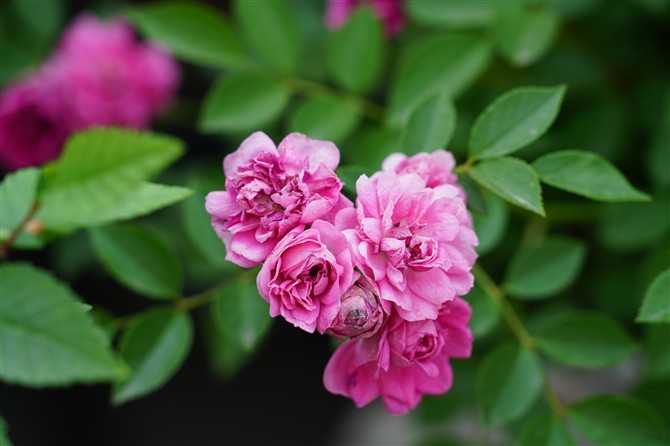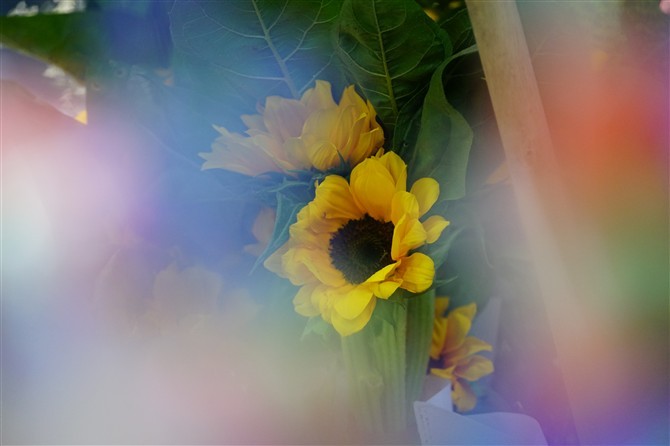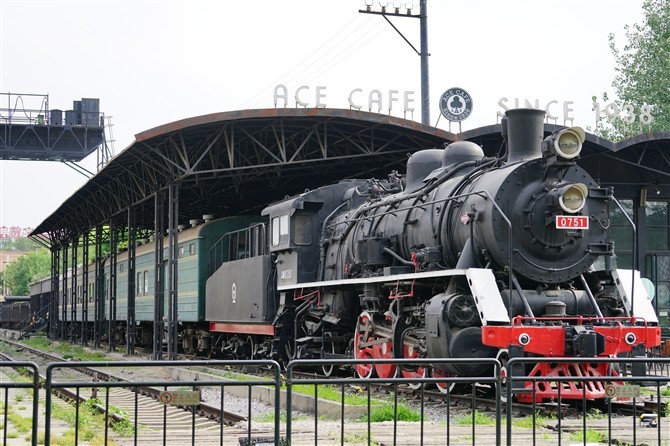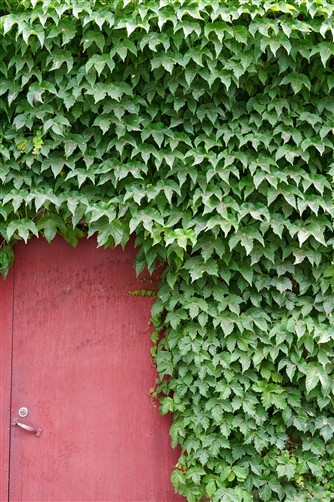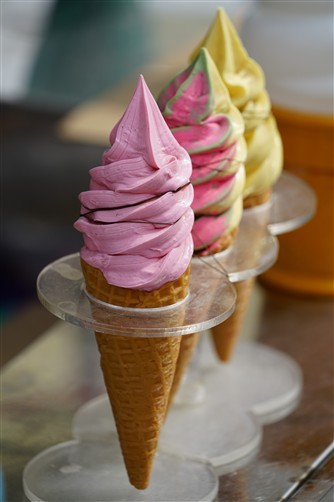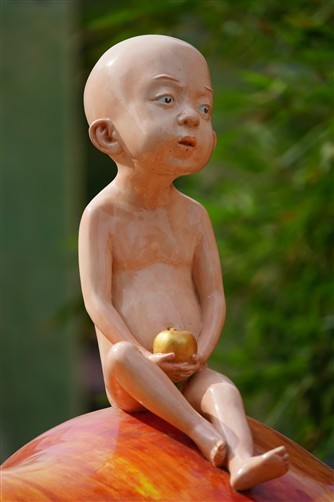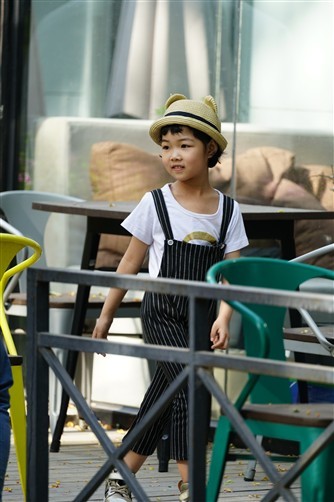This year's Sony G-Master lens can be described as the limelight, either in the middle of the focal length of the Sony FE 24-70mm f/2.8 GM, or the large aperture portrait mirror Sony FE 85mm f/1.4 GM, and is expected to be "Little White Rabbit" competed with the medium-long-term focus of the Sony FE 70-200mm f / 2.8 GM, these lenses in addition to new technology, new design, performance also made everyone impressive.
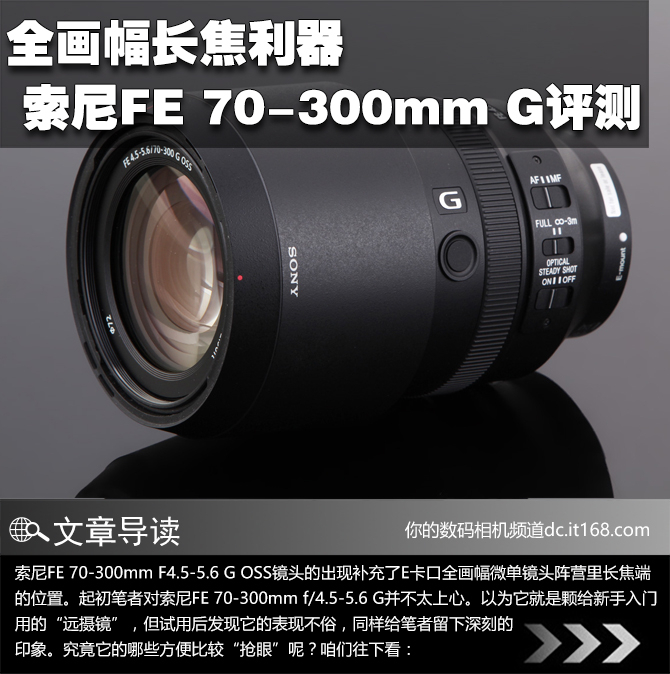
The appearance of the Sony FE 70-300mm F4.5-5.6G OSS lens complements the telephoto end of the E-mount full-frame micro-single-lens array. Satisfy those users who do not need a constant aperture, have telephoto sections, and do not accept too large or too heavy lenses. Although 4 aspherical glass lenses, 2 ED (ultra-low dispersion) glass lenses and nano-anti-reflection coatings, and OSS optical image stabilization image stabilization system do not seem comparable to G-Master lenses. So at first the author did not care about the Sony FE 70-300mm f/4.5-5.6G. It is thought that it is a "television lens" for beginners, but after the trial, it found that it performed well, and also left a deep impression on the author. What are its more convenient "eye-catching"? Let's look down:
advantage:
1, full aperture available
2ã€Excellent dispersion control, no obvious purple edge phenomenon
3, the volume weight can be accepted
Disadvantages:
1, glare control in general
The specific evaluation is as follows:

Picture
Picture

Picture
Purchase suggestion:
If you are a user who uses Sony's full-format micro-telescope and telephoto shooting requirements, the current lens selection is not too much. In addition to the Sony FE 70-300mm G, Sony FE 24-240mm f/3.5-6.3 OSS, Sony FE 70-200mm f/4G OSS and the upcoming Sony FE 70-200mm f/2.8 GM . Of course, you can also switch Canon and Nikon lenses. Although the focal length is compensated, auto focus is also available, but I do not recommend it for use when working. Because the speed of focusing even if the adapter ring is doing better, it will not be more sensitive and faster than the original lens.
For tourism enthusiasts or ordinary home users, it is clear that Sony FE 24-240mm f/3.5-6.3 OSS is more suitable for you, ranging from wide-angle to telephoto. And if you are a professional photographer, you obviously would recommend Sony FE 70-200mm f/2.8 GM, etc. I believe this is the best choice for the medium telephoto end. And if you are a photography enthusiast or a light photographer, you don’t have about 20,000 RMB to choose from the Sony FE 70-200mm f/2.8 GM. You can choose between Sony FE 70-200mm f/4 G OSS and our main character today. Their focusing speed and picture quality are not significantly different and they are similar in volume, weight, and even price. Although the maximum aperture of the Sony FE 70-300mm G is not large, full aperture is available. And at the same distance, the bokeh performance of 300mm f/5.6 will be more pronounced than 200mm f/4. So if shallow depth of field is your pursuit, Sony FE 70-300mm G has an advantage. And 300mm end-to-space compression is also absolutely not reach 200mm, no matter what aperture you use are the same. Then there is your subject matter if you include flowers and birds, I believe the advantages of 300mm side do not need me to say more.

The advantage of Sony's FE 70-200mm f/4G OSS is that it has a constant aperture of f/4, better materials, higher-order focus motor, and two-stage shock compensation system, and the lens is still white! So when choosing, you must choose your own needs based on your own shooting experience and interest. So I suggest that you have the opportunity to go to the scene to try the actual grip of the feel, design, focus speed and depth of field differences, should help you decide which lens will be more suitable for you.
Taken together, I think the Sony FE 70-300mm G is an excellent lens. If you have a long-term shooting demand, and like the depth of field and compression sense of 300mm, there are also certain requirements in terms of focusing speed, sharpness, etc., and the coming 70-200mm f/2.8G Master lens will be introduced in the future. More than your budget, and you are more eager to be light. So this 70-300mm f/4.5-5.6G is indeed a good choice for you.
1, good size and workmanship:

The new FE 70-300mm G lens contains 13 sets of 16 lenses, including 4 aspherical glass lenses and 2 ED (ultra-low dispersion) glass lenses. The closest focusing distance is 90cm and the maximum magnification is about 0.31. Suitable for users who like scenery shooting and users who like to shoot birds.
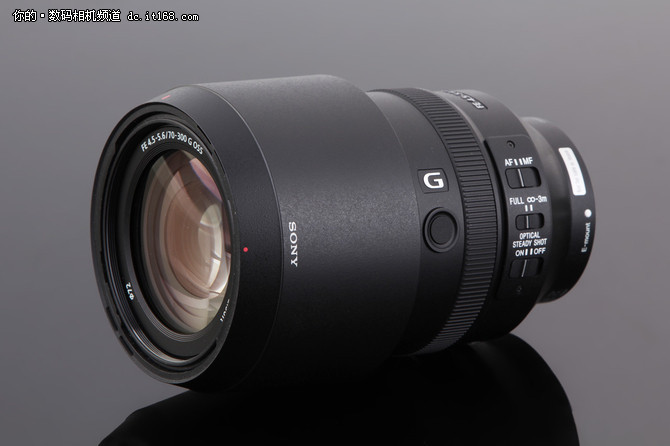
The lens has dust-proof, splash-proof performance and OSS optical image stabilization performance.
Lens head close-up, there are focal lengths and aperture marks around the lens ring.
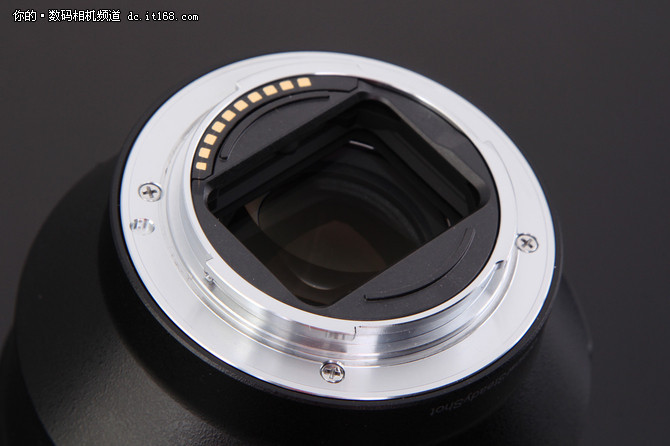
Lens tail metal bayonet close-up

The four buttons on the left side of the lens are the focus lock button, AF/MF focus mode switch button, focus range limiter, and vibration compensation switch.
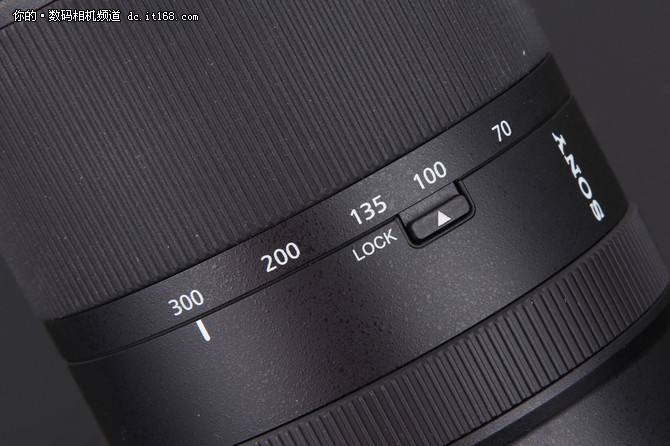
On the right side of the lens is equipped with a zoom lock switch

At the bottom of the lens is the identification of the model and the anti-shake marker. The built-in OSS optical image stabilization image stabilization system makes it easier for the user to take more clear pictures when shooting in the handheld.
Near the bayonet, detailed specifications, lens types, and production locations of FE 70-300mm F4.5-5.6 G OSS lenses are listed. It is worth mentioning that the lens is produced in China.

Mounting lens hood close-up

Weighing only 854g, it will not feel top-heavy on a Sony A7 series camera.
2, full aperture available
In the resolution test, we used Sony's FE 70-300mm f/4.5-5.6G lens with about 42.4 million effective pixels Sony full-frame micro-single A7RII to demonstrate its picture quality level through real shot testing.

70mm end resolution test

300mm end resolution test
Through the above tests we can see that the Sony FE 70-300mm G lens has an impressive central sharpness performance almost equal to F8 at the maximum aperture F4.5 . The best sharpness appears in F11. The sharpness begins to decrease slightly after the aperture has contracted to F16. The marginal performance of the picture is not as stable as the center, and there will be more obvious improvement if it is to shrink to F8. The sharpness also begins to decrease after the aperture shrinks to F16. Overall, the sharpness of the 300mm end is slightly weaker than the 70mm end.
3, in addition to the maximum aperture dark corner control is excellent:
In the vignetting control section, we made a comparison of the 70mm and 300mm proofs on this lens.
70mm dark corner test:

From the comparison results, the Sony FE 70-300mm G lens has a vignetting at the maximum aperture of F4.5 at 70mm, and disappears when the aperture shrinks to F5.6.
300mm dark corner test:
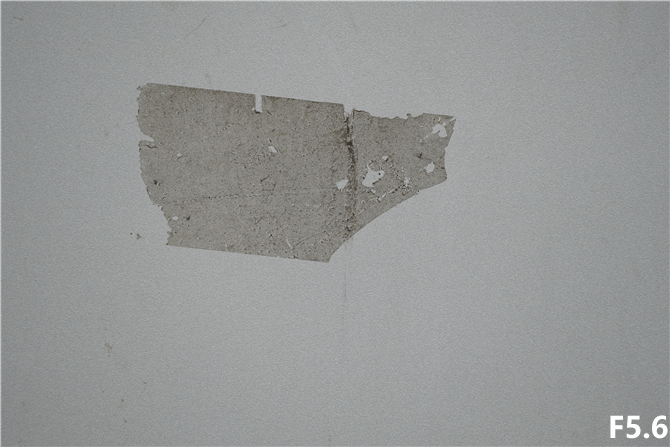
From the comparison results, the Sony FE 70-300mm G lens also has a significant dark angle at the maximum aperture of F4.5 at the 300mm end, and disappears until the aperture shrinks to F11.
4, glare can be recommended to use the hood:
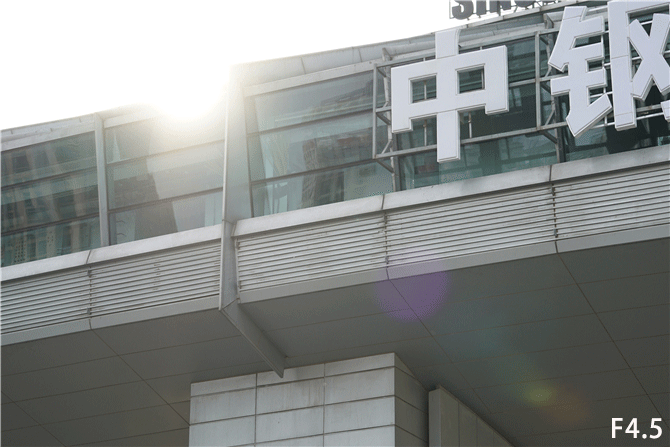
It can be seen from the above test that glare and ghosting can be seen at some angles when shooting against the light without using a hood. In actual shooting, if you can't avoid shooting this kind of backlit scene. The use of a hood is recommended to greatly reduce the chance of glare.
5, dispersion control outstanding purple edge is not easy to detect

70mm end dispersion test

300mm end dispersion test
In addition to resolution, dispersion control also impressed the author. I chose a large number of scenes for this lens to shoot a lot of material, and still could not find any obvious purple fringing. It can be said that the dispersion control of this lens is very good.
6, out of focus soft natural bokeh obvious advantages
70mm end of the test:
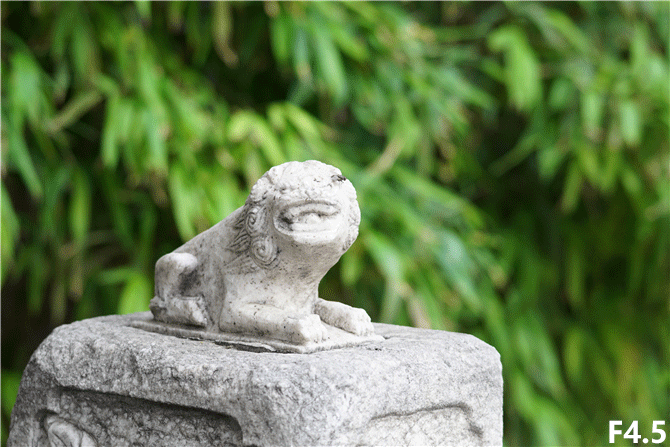
300mm end of the test:
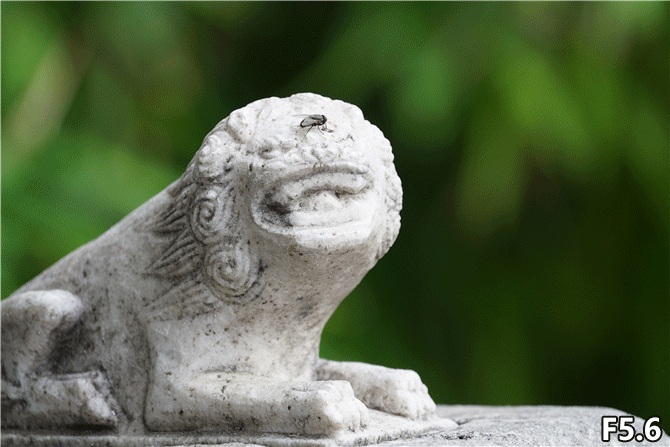
Overall, the out-of-focus blur effect obtained with Sony's FE 70-300mm G is soft and natural. The 300mm end background has a very strong degree of blur, and the bokeh has obvious advantages.
7. Summary:
If you are a user who uses Sony's full-format micro-telescope and telephoto shooting requirements, the current lens selection is not too much. In addition to the Sony FE 70-300mm G, Sony FE 24-240mm f/3.5-6.3 OSS, Sony FE 70-200mm f/4G OSS and the upcoming Sony FE 70-200mm f/2.8 GM . Of course, you can also transfer Canon and Nikon lenses. Although the focal length is compensated, it is possible to focus automatically, but I do not recommend using it when working. Because the speed of focusing even if the adapter ring is doing better, it will not be more sensitive and faster than the original lens.
For tourism enthusiasts or ordinary home users, it is clear that Sony FE 24-240mm f/3.5-6.3 OSS is more suitable for you, ranging from wide-angle to telephoto. And if you are a professional photographer, you obviously will recommend Sony FE 70-200mm f/2.8 GM, etc. I believe this is the best choice for the medium telephoto end. And if you are a photography enthusiast or a light photographer, you don’t have about 20,000 RMB to choose from the Sony FE 70-200mm f/2.8 GM. You can choose between Sony FE 70-200mm f/4 G OSS and our main character today. Their focusing speed and picture quality are not significantly different and they are similar in volume, weight, and even price. Although the maximum aperture of the Sony FE 70-300mm G is not large, full aperture is available. And at the same distance, the bokeh performance of 300mm f/5.6 will be more pronounced than 200mm f/4. So if shallow depth of field is your pursuit, Sony FE 70-300mm G has an advantage. And 300mm end-to-space compression is also absolutely not reach 200mm, no matter what aperture you use are the same. Then there is your subject matter if you include flowers and birds, I believe the advantages of 300mm side do not need me to say more.

The advantage of Sony's FE 70-200mm f/4G OSS is that it has a constant aperture of f/4, better materials, higher-order focus motor, and two-stage shock compensation system, and the lens is still white! So when choosing, you must choose your own needs based on your own shooting experience and interest. So I suggest that you have the opportunity to go to the scene to try the actual grip of the feel, design, focus speed and depth of field differences, should help you decide which lens will be more suitable for you.
Taken together, I think the Sony FE 70-300mm G is an excellent lens. If you have a long-term shooting demand, and like the depth of field and compression of 300mm, there are also certain requirements in terms of focusing speed, sharpness, etc., and the coming 70-200mm f/2.8G Master lens will be introduced in the future. More than your budget, and you are more eager to be light. So this 70-300mm f/4.5-5.6G is indeed a good choice for you.
8, real shot sample:
